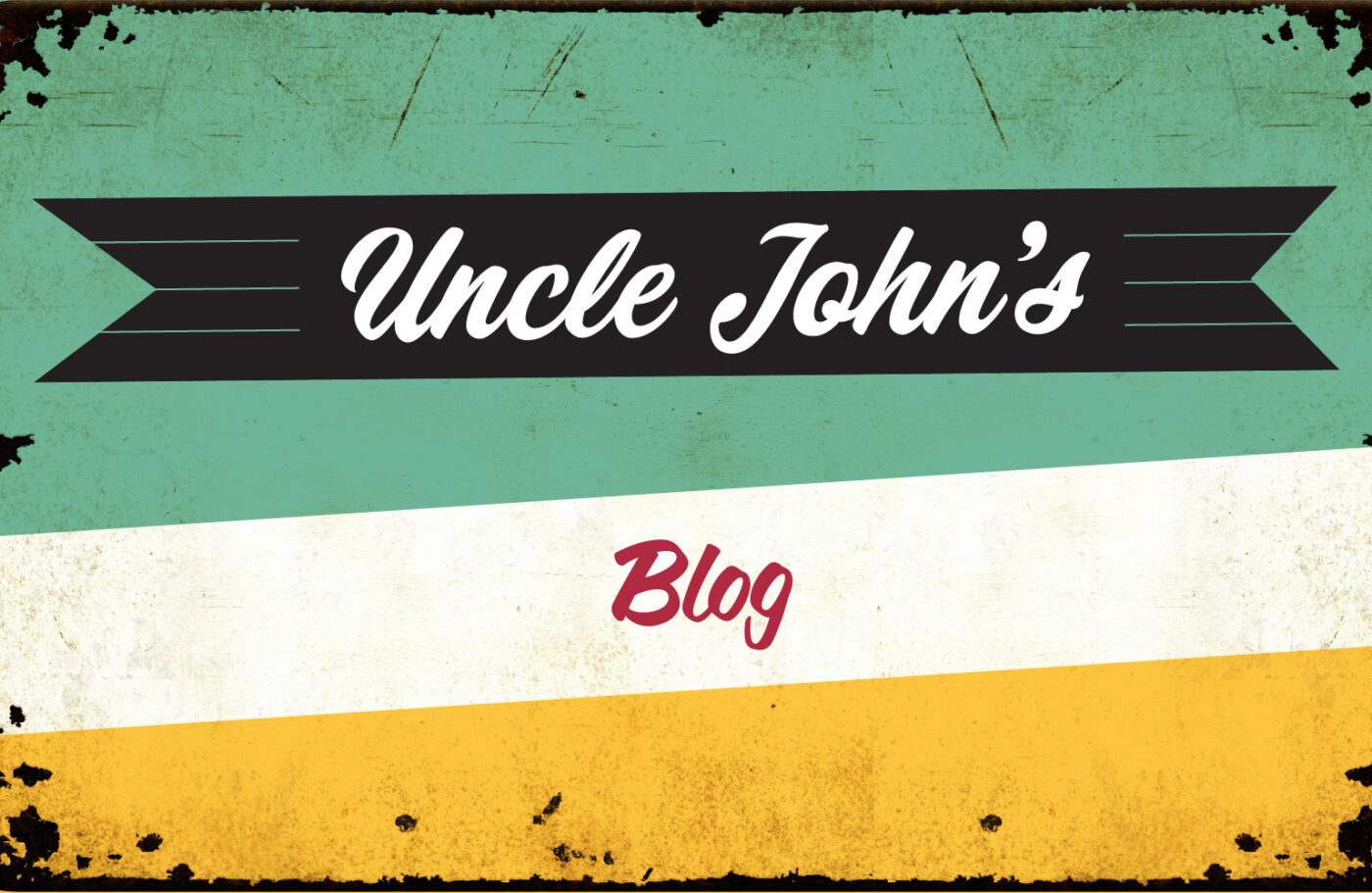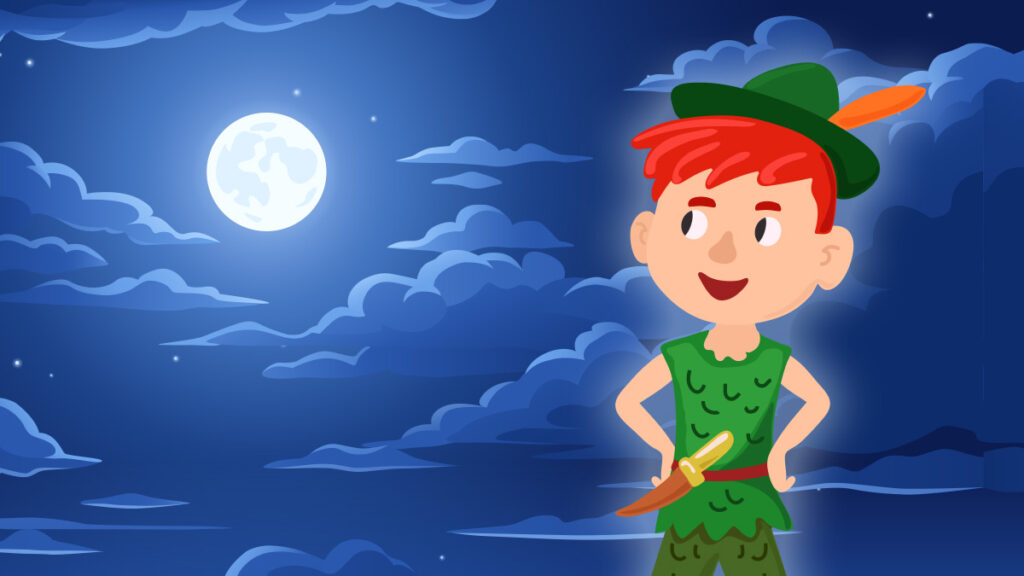Back in 1911, J.M. Barrie’s play Peter Pan, or the Boy Who Couldn’t Grow Up, was performed on the London stage for the first time. As today marks the birthday of the author, let’s fly into the history of one of the greatest literary, film, and theatrical franchises of all time, Peter Pan.
Before it was a movie or even a book, Peter Pan was a play. In December 1904, the Duke of York Theatre in London staged Peter Pan, or The Boy Who Wouldn’t Grow Up. A massive hit that was continuously produced in England and the U.S., that’s not even the starting point for the Peter Pan. In his 1902 book The Little White Bird, Barrie wrote a few chapters about Peter. His origin story: As a week-old baby, he wandered out of his window to chase some playful fairies. When he returned home, he saw his mother holding another baby, and thinking he as unwanted, he left for Neverland.
The popularity of Peter Pan the play prompted Barrie in 1906 to expand those Little White Bird chapters into the first standalone book featuring his creation, Peter Pan in Kensington Gardens. Two years after that, the first theatrical sequel to Peter Pan appeared on the London stage, focused on the character of Wendy: When Wendy Grew Up — An Afterthought.
The original script of Peter Pan, or The Boy Who Wouldn’t Grow Up wasn’t published until 1928, because Barrie didn’t want a definitive version of the play. It was produced so continuously throughout England and the U.S. in the early 20th century that he was able to keep tweaking and updating the play to account for changing cultural tastes and to fix his mistakes. One major change: Barrie added the fact that Peter could fly through the use of magic dust. In the first version of the play, the character could just do it willingly; after a spate of kids hurting themselves by trying to fly out of their windows and roofs, Barrie placed the caveat out of safety concerns.
The most familiar version of Peter Pan for many is the animated feature produced by The Walt Disney Company. It was the no. 1 box-office hit of 1953, but it changed and softened a lot of the Peter Pan mythos. For instance, it established that Peter Pan always wore green; in the play, he just wore brown clothes. He also became more of an imp who convinces kids to follow him to Neverland. In the play, he kidnapped children.
Get Uncle John's Action-Packed Bathroom Reader Today!
The Peter Pan animated movie was a passion project for Walt Disney. He saw a touring production in Missouri at the age of 10, played the character in a school production, and after he became a Hollywood power-player, he spent years trying to get the rights to make the film. Then and now, the property belongs to London’s Great Ormond Street Hospital for Sick Children. Barrie bequeathed all rights and royalties to Peter Pan to the facility in 1929.
The first time Peter Pan was made into a movie: a 1924 silent film. Barrie wrote the script.
Two main inspirations for the character of Peter Pan were Barrie’s adopted son, Peter Llewellyn Davies, and the author’s brother, David. He died at the age of 13 in an ice skating accident, and thus, like Peter Pan, he remained forever young in the hearts and minds of his family.
Inspired by Peter Pan, however: J.R.R. Tolkien. He was such a huge fan of Peter Pan that he based the elves of Middle-earth, as depicted in The Lord of the Rings and The Hobbit, on the elfin boy that wouldn’t grow up.










